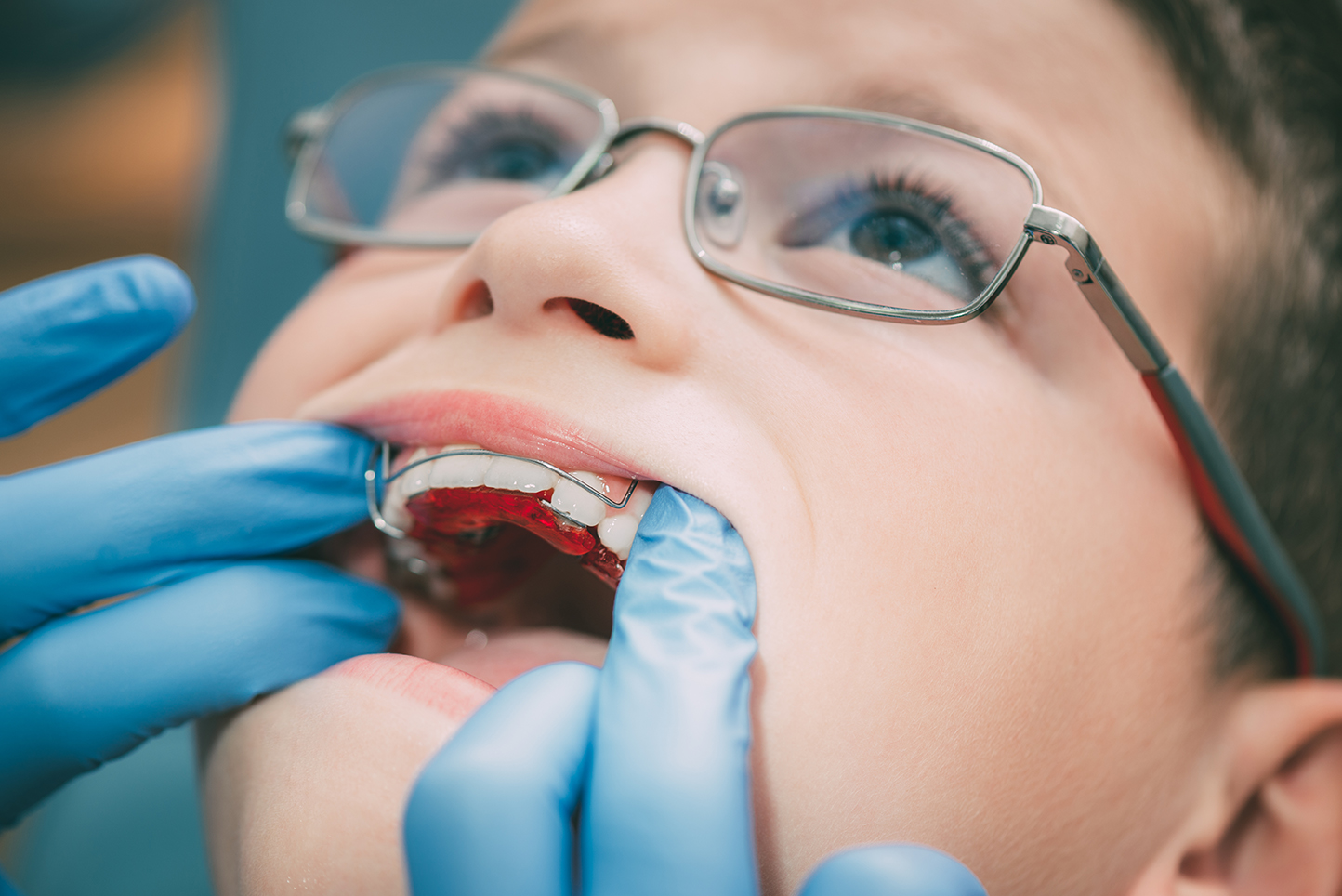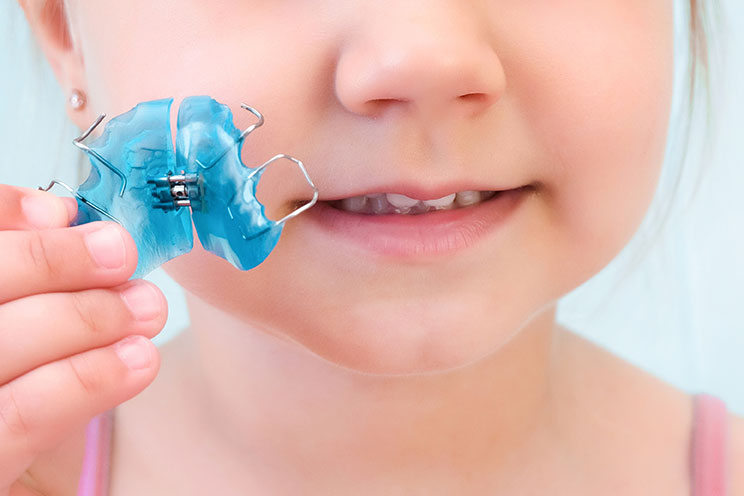Our orthodontic certified team will change your existing smile into the one you desire under the careful attention of specialists.
Early Interceptive Treatment can address problems identified even when baby teeth are still present. Sometimes performed in the patient’s best interests, especially if the issue could become more challenging later in life. Both the Canadian Association of Orthodontists (CAO) and the American Association of Orthodontists (AAO) recommend a child receive their first check-up with an orthodontist no later than age 7, but earlier if an orthodontic problem is suspected or identified.
The goal of early interceptive treatment is:
- To catch a problem before it becomes too severe,
- eliminate the cause of any issues,
- guide the proper growth of facial and jawbones, and
- ensure adequate space for incoming permanent teeth.
Once all permanent teeth have come in, a patient may need a second or further course of treatment to make sure the teeth are fully aligned.
Orthodontic problems are typically easier to correct if they are found and treated early, which the facial growth is still occurring. . Waiting for all permanent teeth to come in, or until the face and bone structure has completed growing, correction of some problems may be much more difficult.
While children who undergo early intervention treatment may still require additional treatment later on, it may very well be shorter and less involved. Early evaluation provides for both the timely detection of problems, as well as a greater opportunity for more options of effective treatment. Prudent evaluation and intervention guides growth and development, often preventing more serious problems from developing.


What is Orthodontics?
Orthodontics is a specialty branch of dentistry that diagnoses, prevents and treats dental and facial irregularities.
The technical term for problems treated by orthodontics is “malocclusion.” Malocclusion means “bad bite.” Orthodontics requires professional skills in the design, application and control of corrective appliances (braces). These professional skills are done by an orthodontist who will bring a patient’s teeth, lips and jaws into proper alignment to achieve facial balance.
